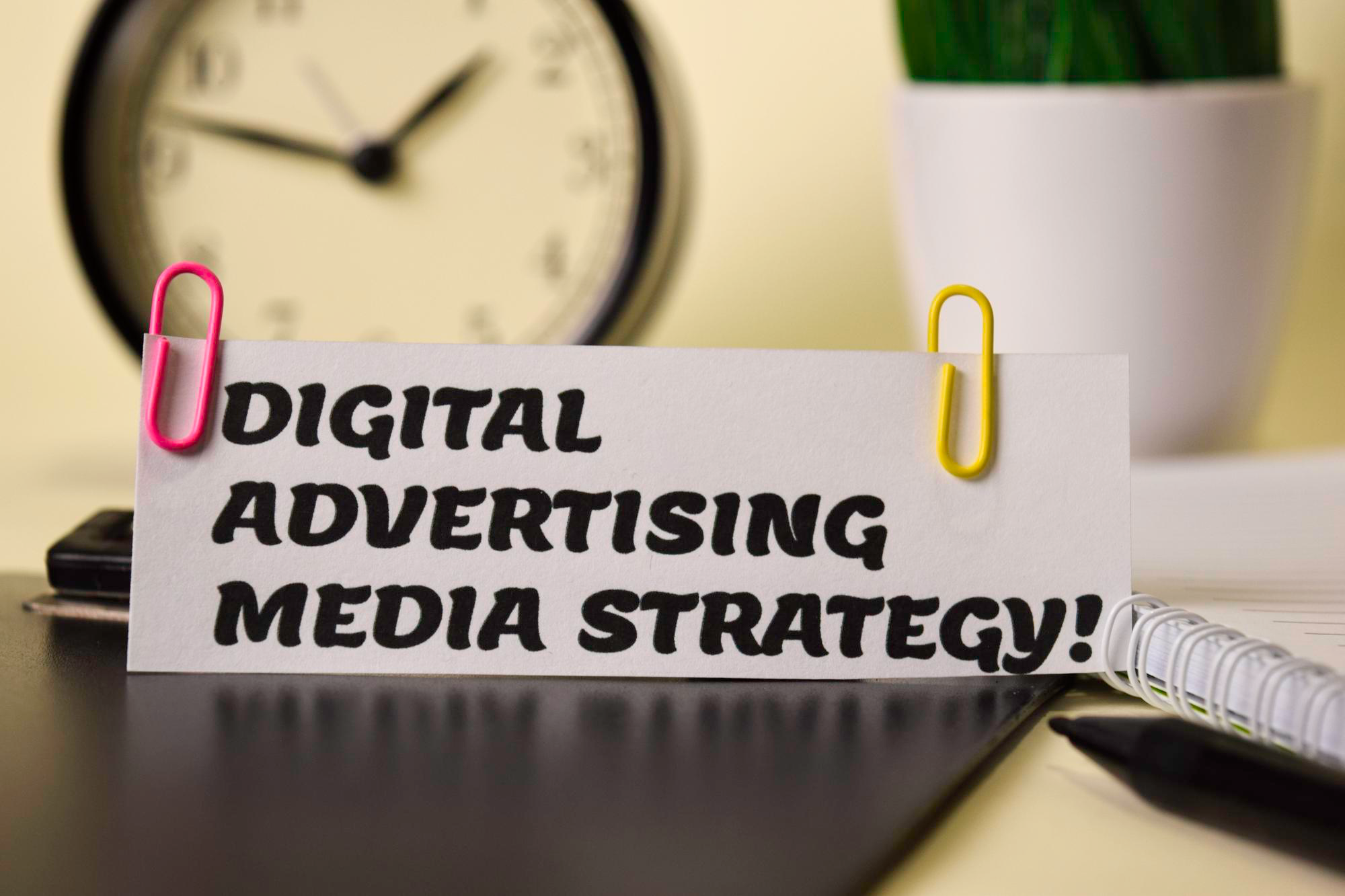.webp)
In 2025, ad campaigns remain the beating heart of effective marketing. Despite AI automation, privacy-first data, and ever-shifting platforms, the fundamentals haven’t changed — success still depends on the right mix of creativity, audience insight, and measurable strategy.
At Future Digital, we partner with ambitious brands to design ad campaigns that not only drive clicks but fuel real growth. Our approach blends creative testing, analytics, and full-funnel strategy — because a campaign isn’t just about getting attention; it’s about converting that attention into action.
Learn more about our growth philosophy on Future Digital’s Homepage.

An ad campaign — also called an advertising campaign — is a coordinated series of ads designed to deliver a unified message to a targeted audience across multiple channels. It’s the strategic engine that connects creative storytelling with audience targeting and performance measurement.
In simple terms, ad campaigns translate your brand goals into measurable outcomes — whether that’s brand awareness, lead generation, or direct sales.
Today’s best campaigns function like living systems: adaptive, data-informed, and creative-first. They evolve in real time based on feedback, engagement, and analytics.
According to HubSpot’s guide on advertising campaigns, every successful campaign ties together messaging, audience intent, and platform strategy to achieve measurable business objectives.
A well-executed advertising campaign isn’t about vanity metrics. It’s about generating consistent, trackable impact. In 2025, brands are using ad campaigns to build scalable acquisition systems, not just create buzz.
Recent data from Google Ads Help shows that campaigns using audience segmentation and creative refresh cycles can lift conversion rates by 20–38% compared to static ads.
At Future Digital, we believe great campaigns start with clarity — who you’re speaking to, what you’re offering, and why it matters.
Let’s talk about how data, creativity, and performance strategy can drive real growth.
Partner with Future Digital to turn insights into measurable results.
Every successful ad campaign strategy shares five key pillars. These elements transform creative ideas into scalable performance systems.
Effective campaigns start with understanding your audience — not just demographics but motivations, pain points, and intent signals.
AI-driven data analytics now allow hyper-personalized segmentation based on behavioral and contextual cues.
Your ad copy and visuals should speak directly to your audience’s needs.
Craft a clear, unique value proposition, and ensure the creative tone matches your brand’s voice and the campaign’s goal.
Diversify where your audience interacts:
Cross-channel synergy is key — audiences rarely convert after a single touchpoint.
Instead of “set and forget,” modern campaigns allocate spend dynamically using predicted ROI models.
Smart pacing ensures you never overspend on underperforming audiences or creative assets.
Campaign fatigue is real. Refreshing ad creative every 4–6 weeks maintains engagement and prevents drop-offs.
Future Digital helps brands iterate faster — using creative testing frameworks that pair data with storytelling for maximum impact.
Start with specific, measurable goals — sales, signups, downloads, or brand lift.
Define KPIs like CPA (cost per acquisition), ROAS, and CTR before launch.
Use CRM and pixel data to segment audiences by intent, interest, and behavior.
Personalization and creative alignment with audience mindset drive higher conversion.
Select platforms that match your audience and funnel stage.
For example:
Ad creative should blend brand consistency with emotional or practical triggers.
Use short, clear headlines, bold visuals, and action-driven CTAs.
Test formats — carousel, short-form video, UGC, and dynamic product ads.
Use dashboards to monitor real-time results and automate optimizations (e.g., pausing underperforming ads).
Review data weekly. Adjust targeting, creative, and messaging based on feedback loops and attribution data.
Automation and machine learning tools help predict performance patterns before they plateau.
For a deep dive into scalable acquisition frameworks, check out Mastering Customer Acquisition.
Duolingo’s irreverent humor and mascot-driven storytelling made it one of the most recognized brands on TikTok.
Their “owl with attitude” campaign built a personality-driven brand voice that connected emotionally and organically with Gen Z audiences.
Liquid Death’s “Murder Your Thirst” campaign turned canned water into a lifestyle brand.
By combining viral social ads with influencer partnerships, they transformed unconventional creative into measurable sales growth.
Nike’s 2025 “You Can Be Stronger Tomorrow” campaign combined emotional storytelling with cinematic creative, driving engagement across YouTube, Meta, and TV.
Airbnb’s “Made Possible by Hosts” campaign unified social, video, and display ads.
The result: authentic storytelling that reinforced community while generating measurable bookings.
Every modern advertising campaign follows a clear hierarchy:
Future Digital builds these systems end-to-end, ensuring every campaign learns faster and scales smarter.
Learn more about ROI-driven frameworks in The ROI Revolution.
At Future Digital, we treat every campaign as a data ecosystem — where creative insights and analytics feed each other for sustainable performance growth.
The advertising landscape in 2025 is more dynamic than ever.
The best ad campaigns are defined by adaptability — combining creativity, automation, and compliance in equal measure.
Emerging trends shaping the next era:
Marketers who embrace AI and data without losing their creative intuition will lead the next generation of performance campaigns.

High-performing ad campaigns in 2025 blend creativity, data, and continuous testing. Whether you’re running a brand campaign, a promotional campaign, or an always-on acquisition campaign, the formula for success remains the same: clear goals, compelling storytelling, and relentless optimization.
Ready to build an ad campaign that actually converts?
Connect with Future Digital — your growth partner for full-funnel, performance-driven marketing.